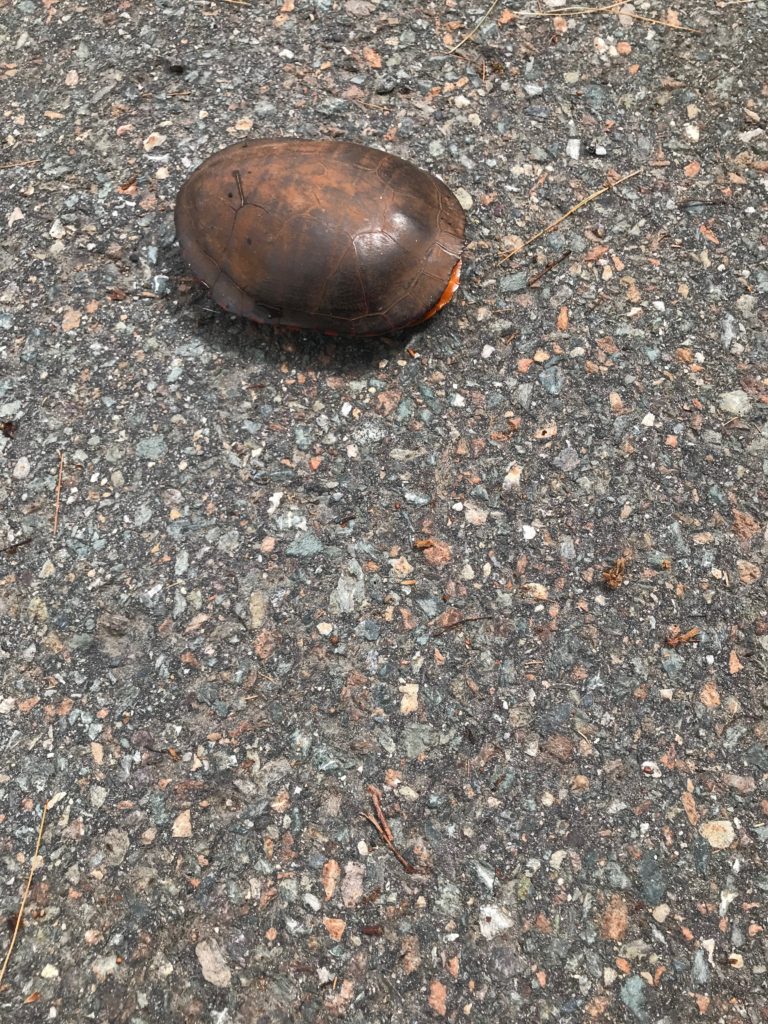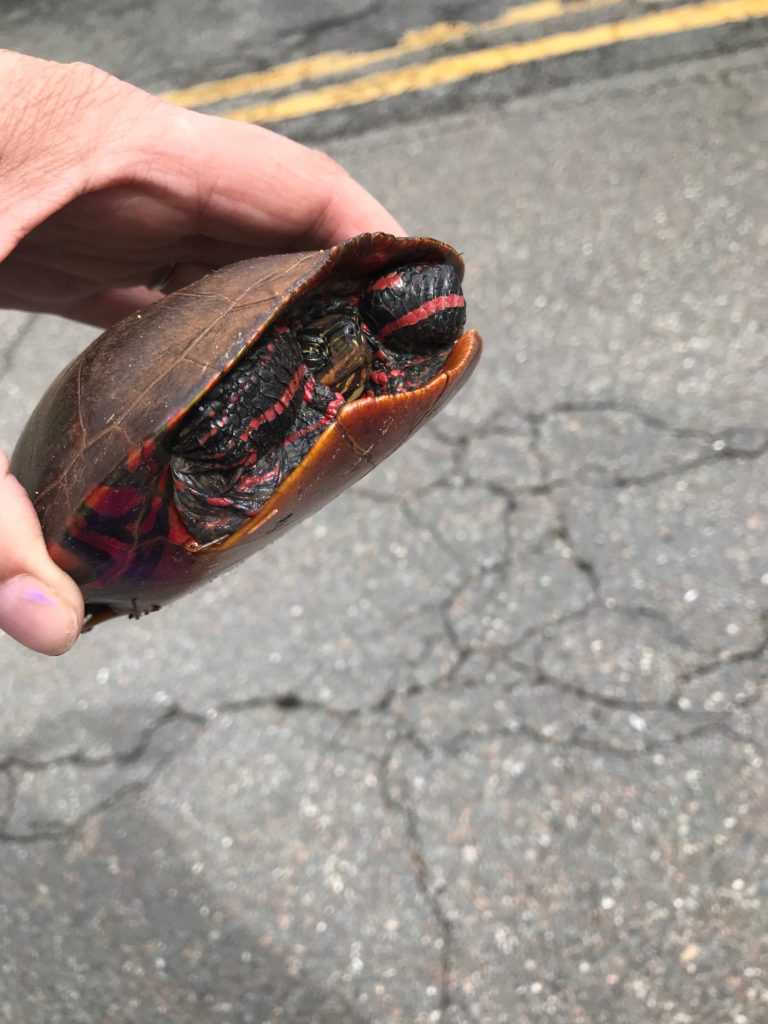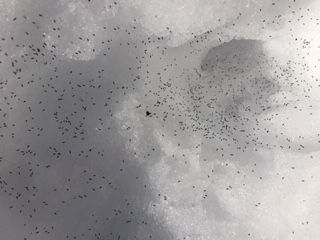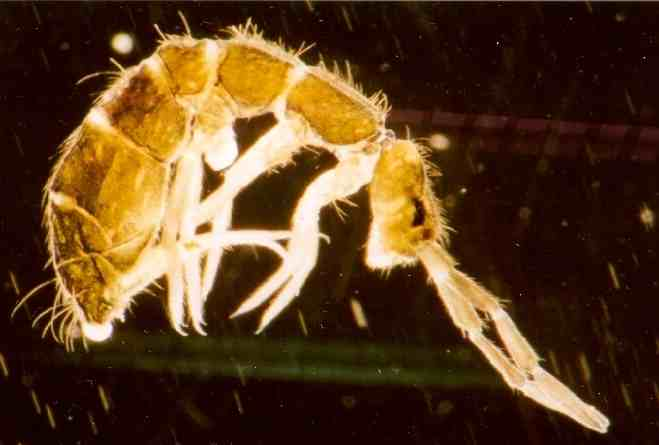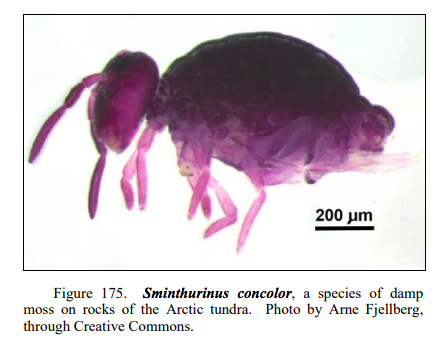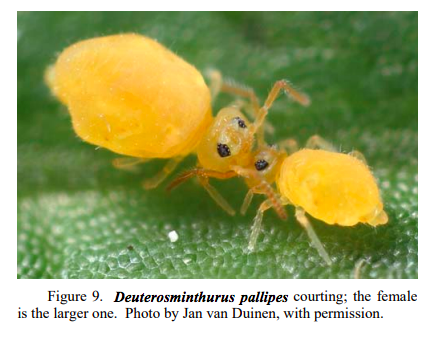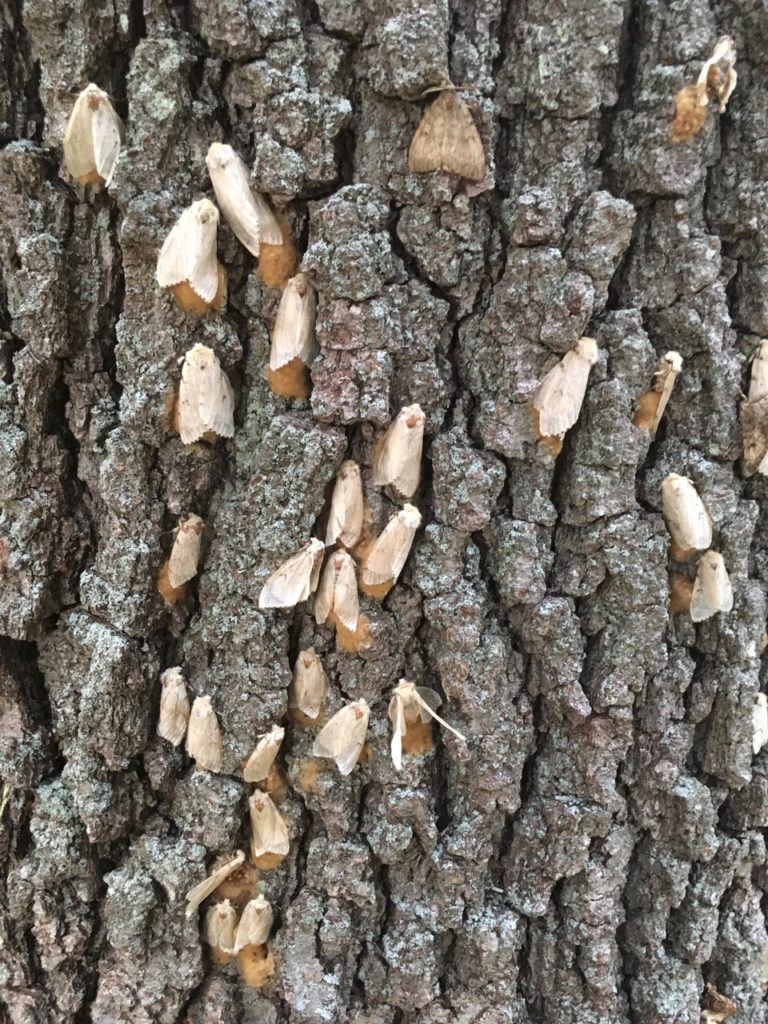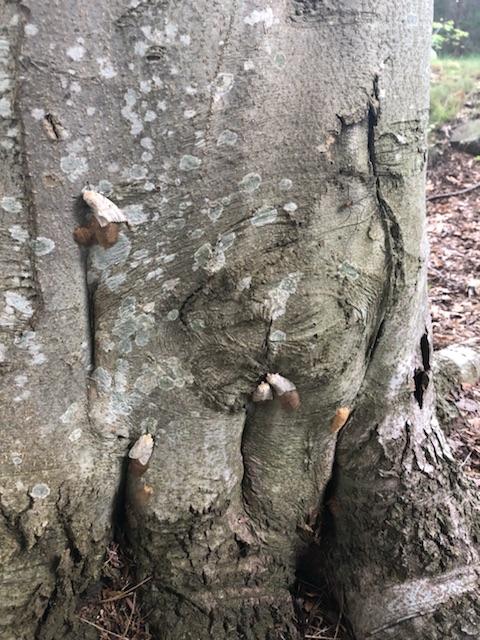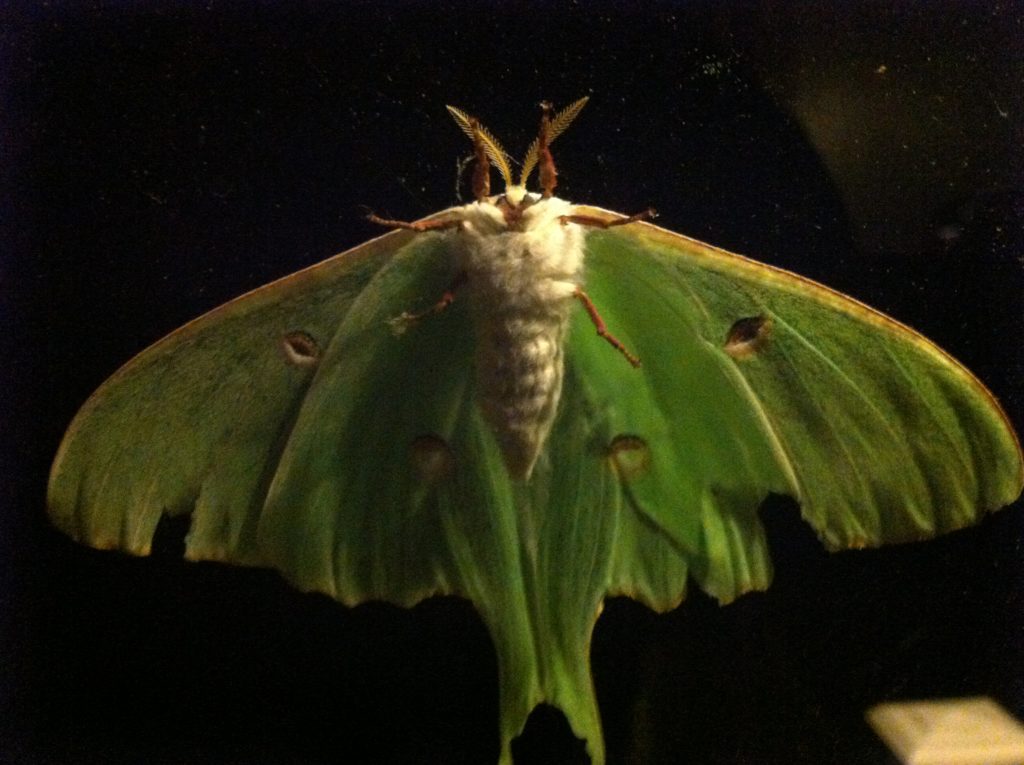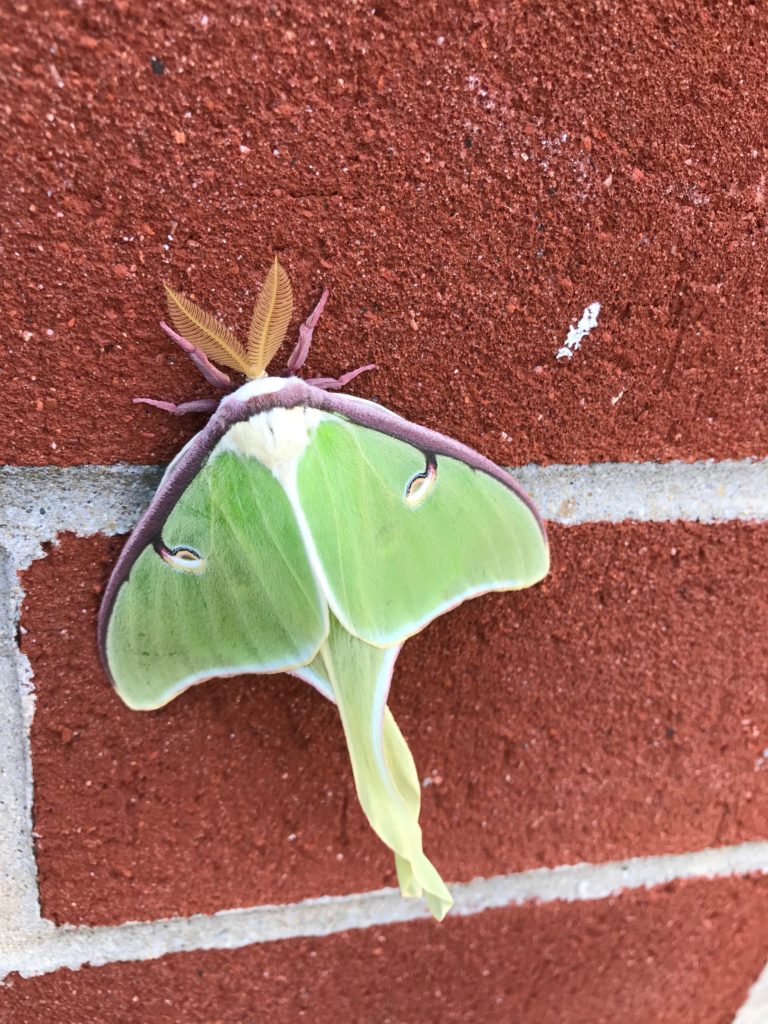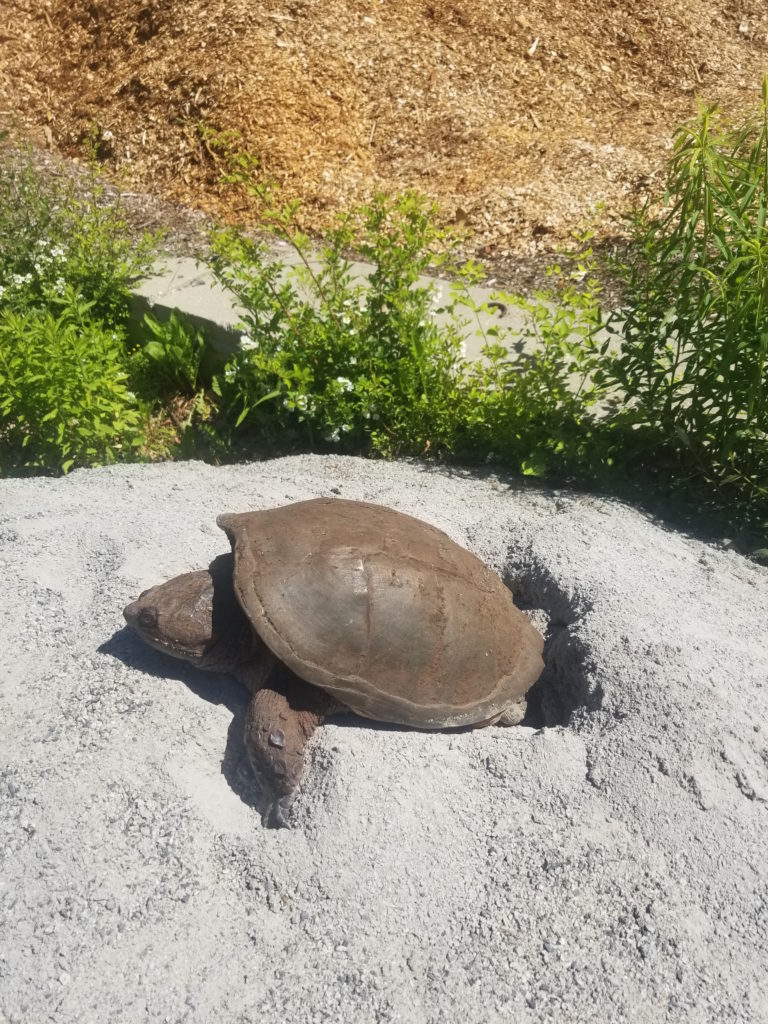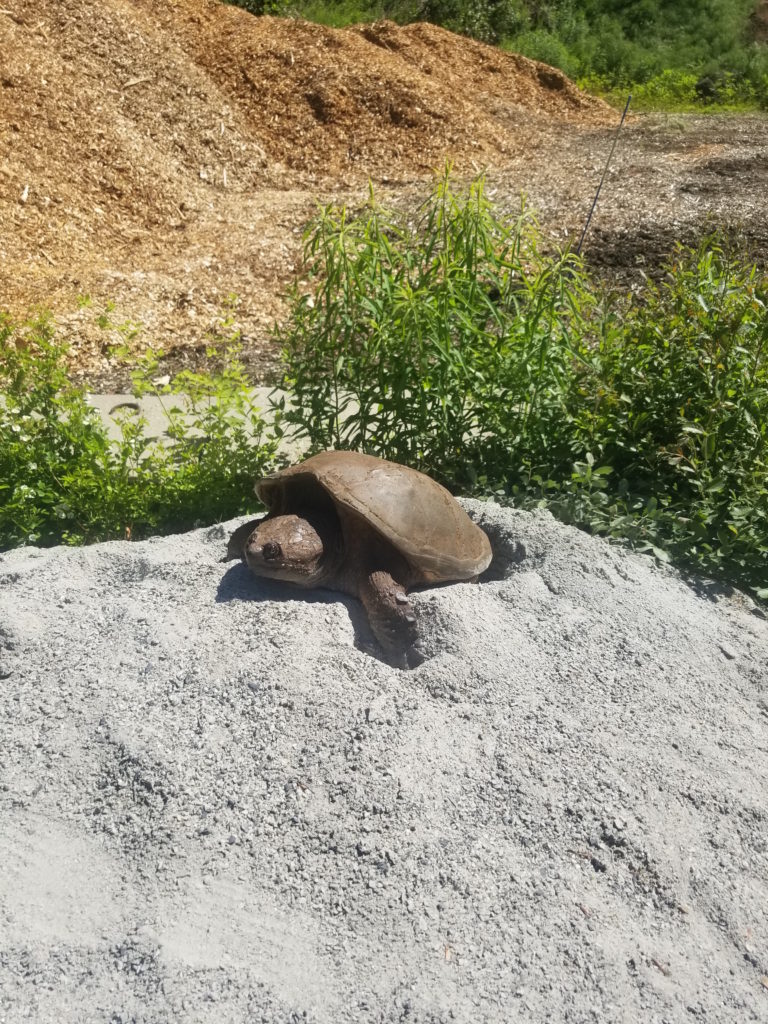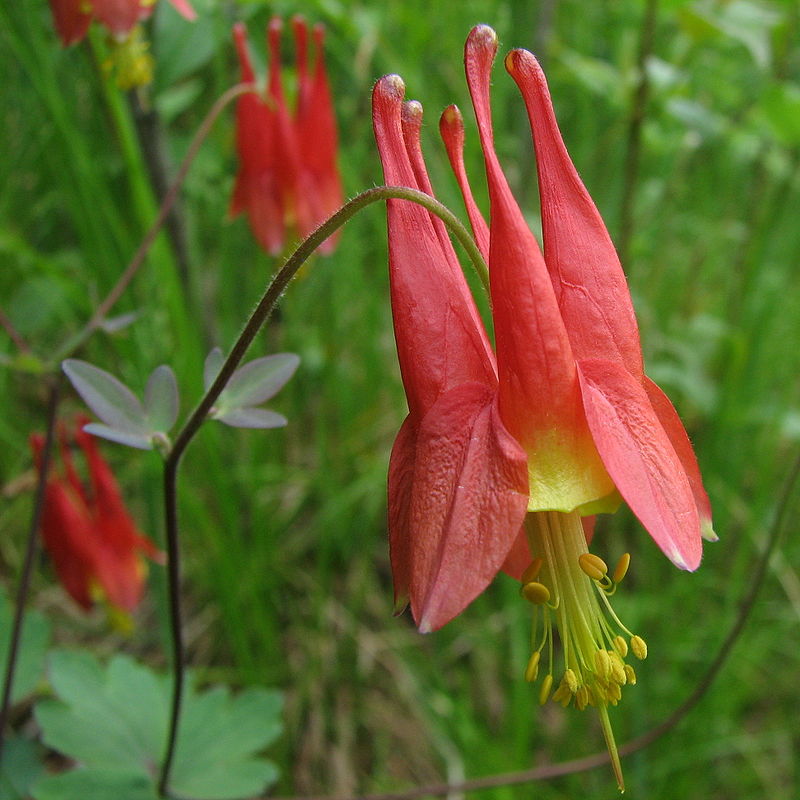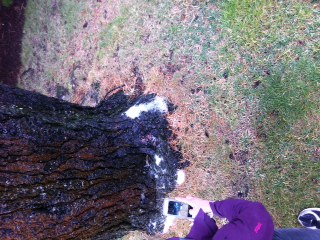Massachusetts History Timeline
10,000 BC
Pleistocene
Glaciers retreating, megafauna roaming.
1400s AD
(1498) English explorer, John Cabot, sailed along Massachusetts coast
1500s- cod wars in Grand and Georges Banks
1600s
(1602) Bartholomew Gosnold explored coast; named Cape Cod due to codfish found in bay
(1604) Samuel de Champlain mapped coast
(1607) Three ships arrived from England with 104 men and boys; settlers named river James after the king; established Jamestown settlement
(1614) Capt. John Smith mapped coast
1617–1619, smallpox killed 90% of the Native Americans in the region
(1620) Mayflower arrived at Cape Cod; Pilgrims established settlement named Plymouth
(1621) Pilgrims signed treaty with Wampanoag Indians; celebrated first Thanksgiving
1623 Gloucester, Massachusetts, settled by the Dorchester Company
(1628) John Endicott established settlement at Salem an estimated 20,000 migrants between 1628 and 1642, arrived in Boston and Salem in the Massachusetts Bay colony
(1629) Massachusetts Bay Company chartered
(1630) Boston founded; later named capital of the Massachusetts Bay Colony, towns of Ipswich, Watertown, Hull, Dorchester, Roxbury also established. Others settled between 1622 and 1641): Weymouth, Gloucester, Charlestown, Salem, Saugus, Cambridge, Hingham, Concord, Cambridge, Newbury, Dedham, Rowley, Salisbury, Sudbury, Haverill
1630) 12 ships of puritans come from England to Salem (700-800 people) then dispersed
(1632) Boston officially capital of colony
1634) already complaints of pollution on Boston Harbor!
(1634) Boston Common first public park in U.S.
(1635) Roger Williams banished from Massachusetts due to religious disputes
1636) Harvard College established
1636 all of the New England colonies went to war with the Pequot of southeastern Connecticut, practically wiping them out
(1639) First Post Office in U. S. established in Boston at Richard Fairbanks’ tavern; Mather School, first free public school founded
(1640) colony suffered its first economic depression, began to export beef
(1641) Massachusetts became the first state in the North American colonies to make slavery legal.
(1643) New England Confederation formed to oppose Indian and Dutch attacks
(1644), Boston merchants began to engage in the Triangle Trade: slaves from Africa,, sold in West Indies, cane sugar brought back to Massachusetts to make molasses and rum
1600s generally Fishing was important in coastal towns like Marblehead. Great quantities of cod were exported to the slave colonies in the West Indies.
(1645) the General Court ordered rural towns to increase sheep production. Sheep provided meat and especially wool for the local cloth industry, and reduced the expense of imports of British cloth.
(1646) first ironworks in America was established at Saugus in 1646
(1648) Massachusetts Bay Colony tried and executed an accused witch for the first time.
(1659 -1661), four Quakers were put to death by the Puritans. King Charles II intervened.
(1664, 1676)- Britain sends two groups over to rule. Rebuffed by colonists.
(1675-1676) King Phillip’s War between Indians and settlers, devastating. 40% of Wampanaug still alive were killed, many towns burned.(1676)Boston reached 4,000 inhabitants
(1685-1686) Massachusetts charter annulled, King of England upset with colonists, sends English governor over,
(1686) Oxford, first non-Puritan town established; Dominion of New England established
(1689) mob kicks out british governor
(1691) Massachusetts granted new charter, became royal colony with Maine and Plymouth; more restrictive about religious laws.
(1692)witchcraft trials held in Salem
(1689–97) The colony fought alongside British regulars in a series of French and Indian Wars . First was King William’s War (1689–97)
1700s
Expansion, colonial skills, wars.
Early to mid 1700s:
Britain had policy- Salutary neglect- officials allowed the colonies in America more freedom from trade regulations , hoping England could later tax them.
- (1716)First lighthouse in America, “The Boston Light” built in Boston Harbor
- (1713-1745) Great building expansion Old State House in 1713, Old North Church in 1723, Old South Meetinghouse in 1729 and Faneuil Hall in 1742.
(1730) Boston had over 13,000 residents.
(1750) Boston had 15,000 residents.
(1754)
French and Indian War in the singular is used in the United States specifically for the warfare of 1754–63,
(mid 1700s) Wolves killed,
(1763) by King George III, after the end of the French and Indian War/Seven Years’ War, forbade all settlement west of a line drawn along the Appalachian Mountains, which was delineated as an Indian Reserve.
(1765 )Stamp Act , other acts, attempted to reap money from colonies
Colonists got very angry and this contributed to the Revolution
(1776)- Declaration of Independence
(1780) Slavery made illegal in the state constitution, first state to outlaw it
(1783) Treaty of Paris ended the American Revolutionary War.
http://historyofmassachusetts.org/history-of-the-massachusetts-bay-colony/
1800s:
Economic Growth, political change, distant wars, literature, Boston infrastructure, Medicine and science, new immigrants
Industrial revolution
Economy in Massachusetts changed from an agricultural economy to a manufacturing economy
(1810) The first woolen mill established in Uxbridge, MA- just making yarn
(1813), the first successful integrated textile mill in North America built in Waltham
(1812 ) War of 1812 was the result of British interference in North American trade.
War caused New Englanders to increase local manufacturing which sped up industrialization in the region
mid 1800s: factories around Boston producing textiles and shoes, and factories around Springfield producing precision manufacturing tools and paper
1830s-Civil war: New England Renaissance: MA center of literary revolution including Henry David Thoreau, Nathaniel Hawthorne, Ralph Waldo Emerson, as well as authors Walt Whitman and Herman Melville, among many others.
1836, Mary Lyon opened Mount Holyoke College, the first women’s college in America.
1840s-1850s: millions of Irish Catholics immigrate to escape the Great Famine
(1861-1865) Civil war: 150,000 men, including first official African American regiment in US, women as nurses, and manufactured supplies all from Massachusetts
1880s Immigration of Germans, British, Irish, and Scandinavians continues until about 1880s
(1884) raw sewage collected in Boston on Moon Island in the harbor, and discharged 500 feet off shore, with the ebbing tide
(1889-1904) Boston built one of the finest regional sewerage systems in the country, still discharging raw sewage into ocean
Post Civil War – 1900 : Gilded Age
(1892): Sierra Club founded by John Muir
- MA creates Indian Affairs commission
1900s:
pollution , over exploitation come home to roost
1952 Boston began to treat the sewage it poured daily into Boston Harbor, oddly separating sludge from effluent and then dumping both in the harbor
Boston Harbor:
1972 Clean Water Act, and updated Federal Water Pollution Control Act –
requiring all publicly owned treatment works that dump sewage into waters of the United States install both primary and secondary treatment equipment by July, 1976
The harbor 1970s -2000
1976- Boston finished Harbor study, Metropolitan District Commission (MDC) is in charge
1977: Congress amended law to allow cities to get waivers. Boston applied for a waiver.
It was denied by EPA
Boston Harbor group did nothing
1982-83 : 3 lawsuits
- Quincy sued Boston over pollution of Quincy Bay, failing to obey laws about water
- EPA sued over breaking water protection laws
- Conservation law foundation sued to force harbor clean-up
1983- agreement to do cleanup
1984 nothing happened
1984- Quincy goes to court again
Judge orders new organization to be made, Mass Water Resource Authority
1985 EPA sues to get a schedule of improvements enforced
(1988) the continuous pollution of Boston Harbor had earned it the infamous label of “America’s Dirtiest Harbor.”
(1989) Boston Harbor Project begins (3.8Billion, 10 year proj.) (They stalled from 1972-1989)
1991: Metropolitan Sewerage System finally stops dumping 400,000-500,000 gallons of sludge into the harbor.
1996: Governor Weld jumps in to Charles River
1992 the Canadian Federal Minister of Fisheries and Oceans, declared a moratorium on the Northern Cod fishery off of Newfoundland, Cod were at 1% of historic levels
- MA creates Indian Affairs commission
1993 effort to revive Massachusett language
1994 President Clinton signs executive order 12898 on Environmental Justice “Federal Actions to Address Environmental Justice in Minority Populations and Low-Income Populations.”
EJ defined by EPA as
“The fair treatment and meaningful involvement of all people regardless of race, color, national origin, or income with respect to the development, implementation, and enforcement of environmental laws, regulations, and policies. Fair treatment means that no group of people, including racial, ethnic, or socioeconomic group should bear a disproportionate share of the negative environmental consequences resulting from industrial, municipal, and commercial operations or the execution of federal, state, local, and tribal programs and policies.”
https://www.boem.gov/Environmental-Stewardship/Environmental-Assessment/12898/index.aspx
2000s
Boston Harbor
2000: Deer Island Sewage Treatment Plant , fully functional,
2000, the Massachusetts Water Resources Authority ended the daily discharge of millions of gallons of largely untreated sewage into Boston Harbor (from combined swage systems).
2011 Boston Harbor beaches clean enough to swim
(2010) 37,000 Native Americans belong to tribes, in mA
(2013) The New England Fishery Management Council cut the catch limit on Gulf of Maine cod by 77 percent
(2014) Gulf of Maine Cod had dwindled to as little as 3 % of what it would take to sustain a healthy population. The National Oceanic and Atmospheric Administration banned virtually all cod fishing throughout the region.
